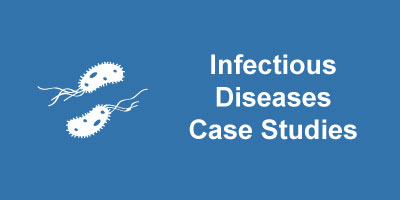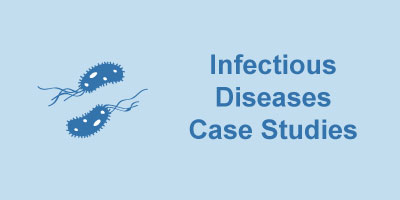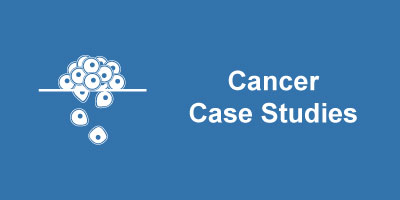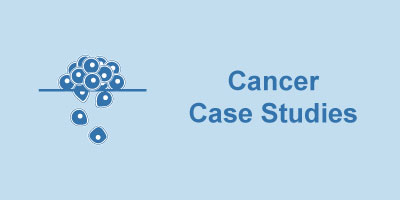Case Study 1 — Should we say no to GMOs?
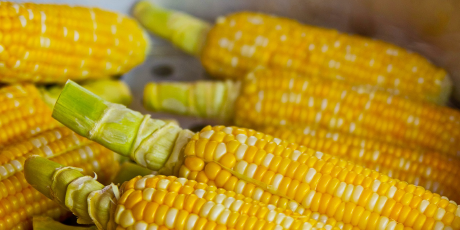
The debate about genetically modified organisms (GMOs) in our food is heated and politicized. This debate is complicated by the amount of misleading information online and in the news, and deciding which resources are trustworthy is often confusing. This case study uses GMOs as a platform to teach about bias and reliable resources when it comes to scientific information. Most of this lesson is focused on one scientific article that is often used by non-GMO activists. Students will evaluate this resource using the CRAAP test, which stands for Currency, Relevance, Authority, Accuracy, and Purpose. The purpose of the CRAAP test is to skim enough basic information from a resource to determine if it is relevant and reliable before spending a lot of time reading through the entire resource. This is an especially important skill when looking at scientific articles, which can take high school students several hours to fully read. This case study does not ask students to take a side in the GMO debate, instead it focuses on the importance of finding unbiased sources of information.
Download Case Study 1 here.
Case Study 2 — Do gut bacteria play a role in obesity?
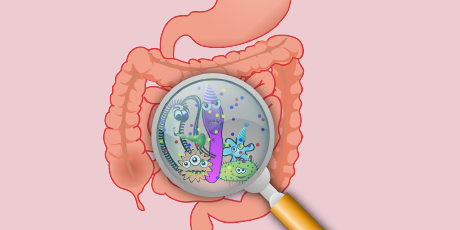
Scientists once thought that the trillions of bacteria living in our gut were simply hitchhikers in our body, having no effect on our health or physiology. This idea has been uprooted in recent years and we are continually learning about how the amounts and type of bacteria in our gut can alter the functionality of our bodies. In this case study students will predict and evaluate data showing a correlation between gut bacteria and weight. The case study then emphasizes the difference between correlation and causation, and asks students to use data from animal studies to design an experiment to test causation.
Download Case Study 2 here.
Case Study 3 — What makes trans fats so bad?

Trans fats are often in the news for being bad for you, but do you know why they are bad? This case study aims to teach how trans fats can lead to atherosclerosis, a common type of heart disease. Students are given some basic information about trans fats and atherosclerosis before they are asked to predict how eating trans fats affects blood cholesterol levels. After seeing data from real scientific studies students make the link between dietary trans fat, blood cholesterol and development of atherosclerosis.
Download Case Study 3 here.
Case Study 4 — How are the gut and brain connected?

Have you ever been so nervous you couldn’t eat? Why do you get a lump in your throat when you’re sad? Why does fear and anxiety cause your stomach to hurt? In this case study we will take a closer look at the connection between your digestive tract and your nervous system. Students will follow a patient through her diagnosis and treatment of irritable bowel syndrome (IBS), a fairly common gastrointestinal complication that is often linked to anxiety and depression. After learning some core information about IBS and the nervous system, students are asked to predict why a drug that is typically prescribed for depression is also prescribed to treat IBS. Students will then decide whether their prediction was correct by analyzing the results from a scientific study on the serotonin and IBS.
Download Case Study 4 here.
Case Study 5 — Atkins vs. Mediterranean diet—which is better?

In this case study we will examine claims that both the Atkins diet and the Mediterranean diet prevent heart disease. Since these diets are essentially nutritionally opposite, the idea that they could both be protective against heart disease is counterintuitive. Here we will explore the evidence supporting that claim using data from two primary papers that investigated the relationship between the Atkins and Mediterranean diets to cardiovascular disease. Students are asked to create hypotheses, design experiments, predict results, discuss data and make conclusions.
Download Case Study 5 here.
